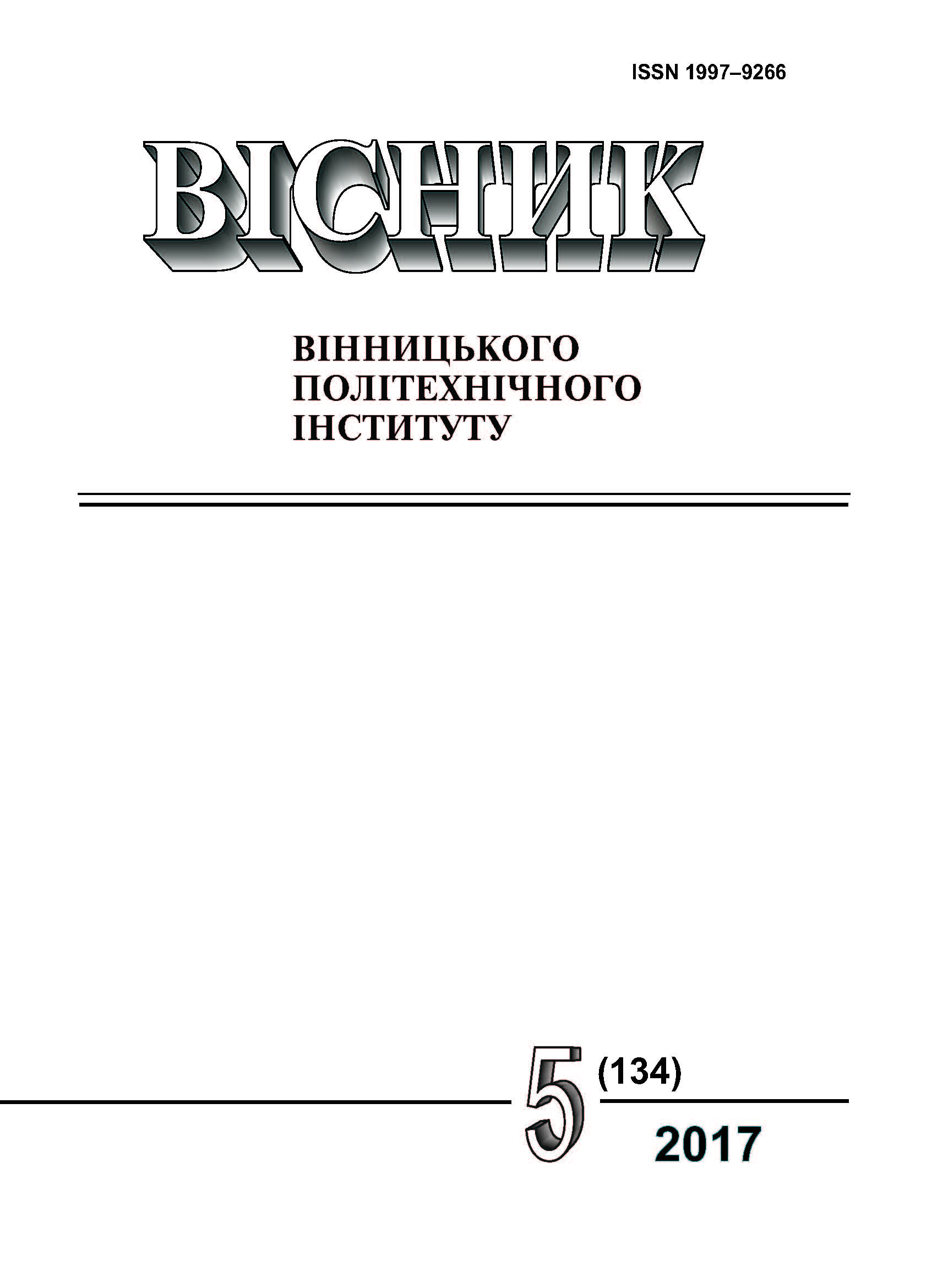Automatic Control System Temperatures for Electric Contact Announcing Drop
Keywords:
annealing, steel welding wire, control system, PID regulator, pyrometric complexAbstract
Currently, the issues of improving the quality of the welding wire in the production process are topical. The advantage of using direct electrocontact heating is based on the possibility of constructing and implementing an automatic temperature control system. The control system is made with the use of the PID regulator, the power regulator, the primary pyrometric converter, the secondary converter, the current source, which makes it possible to set the appropriate parameters by the regulator to ensure the stability of the operating mode with automatic temperature control with electrocontact heating of the wire. It has been experimentally established that with the application of annealing temperature control system by controlling the temperature of the heating pyrometer, the control error did not exceed 1.3%. The tempered annealing temperature in a given range ensured the stability of the physical-mechanical characteristics of the wire. The presented solutions for the implementation of this system have been characterized by convenience of operation, reliability and quality assurance of the technological process. The further direction of research is to analyze the need to use a controlled cooling process to obtain the required mechanical parameters of annealed wire.
References
2. Электропластическое волочение и новые технологии создания облегченных проводов / [О. А. Троицкий, В. И. Ста-шенко, В. Г Рыжков и др.] // Вопросы атомной науки и техники (ВАНТ). — Харьков, 2011. — Вип. 4/2011 — С. 111—117. — ISSN 2310-8479.
3. Физико-механические свойства сварочной проволоки / [Валерий Иванович Алимов, Мария Викторовна Георгиаду, Александр Борисович Белевцов, Д. В. Пономаренко] // Вісник Донбаської національної академії будівництва і архітектури. — 2013. — Вип. 4. — 161 с. — ISSN 18143296.
4. Хребтов Е. О. Анализ способов нагрева проволоки совместно с процессом волочения / Евгений Олегович Хребтов // Вісник Кременчуцького національного університету імені Михайла Остроградського. — 2015. — Вип. 3 (92). Ч. 1. — 212 с. — ISSN 2072-8263
5. Пономаренко Д. В. Влияние способа подготовки поверхности и термообработки на структуры и свойства сварочной проволоки / Дмитрий Валентинович Пономаренко // XIV Международная научно-техническая Уральская школа-семинар металловедов — молодых ученых, Екатеринбург, 11–15 ноября 2013. — Екатеринбург, 2013. — 344 с.
6. Перспективы развития украинского рынка сварочного оборудования и материалов [Электронный ресурс]. — Режим доступа: http://weldingsite.com.ua/st21.html .
7. Li Y. Patents, Software, and Hardware for PID control: an overview and analysis of the current art / Li Y., Ang K.H., Chong G.C.Y. // IEEE Control Systems Magazine. Feb. — 2006. — P. 42—54.
8. Альтгаузен А. П. Применение электронагрева и повышение его эффективности / А. П. Альтгаузен. — М. : Энерго-атомиздат, 1987. — 128 c.
9. Удут Л. С. Система автоматического регулирования отжигом медной жилы телефонного кабеля / Леонид Степа-нович Удут, Игорь Александрович Чернышев // Оптимизация режимов работы систем электроприводов. Межвузовский сборник. — Красноярск, 1997. — С. 62.
Downloads
-
PDF (Українська)
Downloads: 246
Published
How to Cite
Issue
Section
License
Authors who publish with this journal agree to the following terms:
- Authors retain copyright and grant the journal right of first publication.
- Authors are able to enter into separate, additional contractual arrangements for the non-exclusive distribution of the journal's published version of the work (e.g., post it to an institutional repository or publish it in a book), with an acknowledgment of its initial publication in this journal.
- Authors are permitted and encouraged to post their work online (e.g., in institutional repositories or on their website) prior to and during the submission process, as it can lead to productive exchanges, as well as earlier and greater citation of published work (See The Effect of Open Access).





